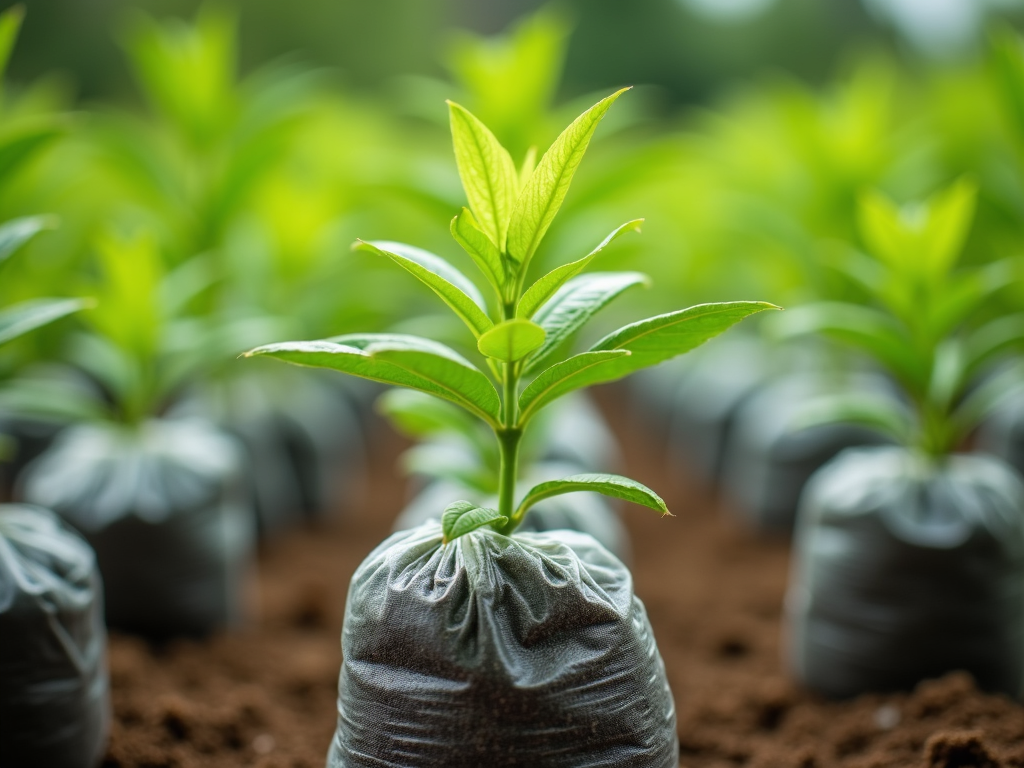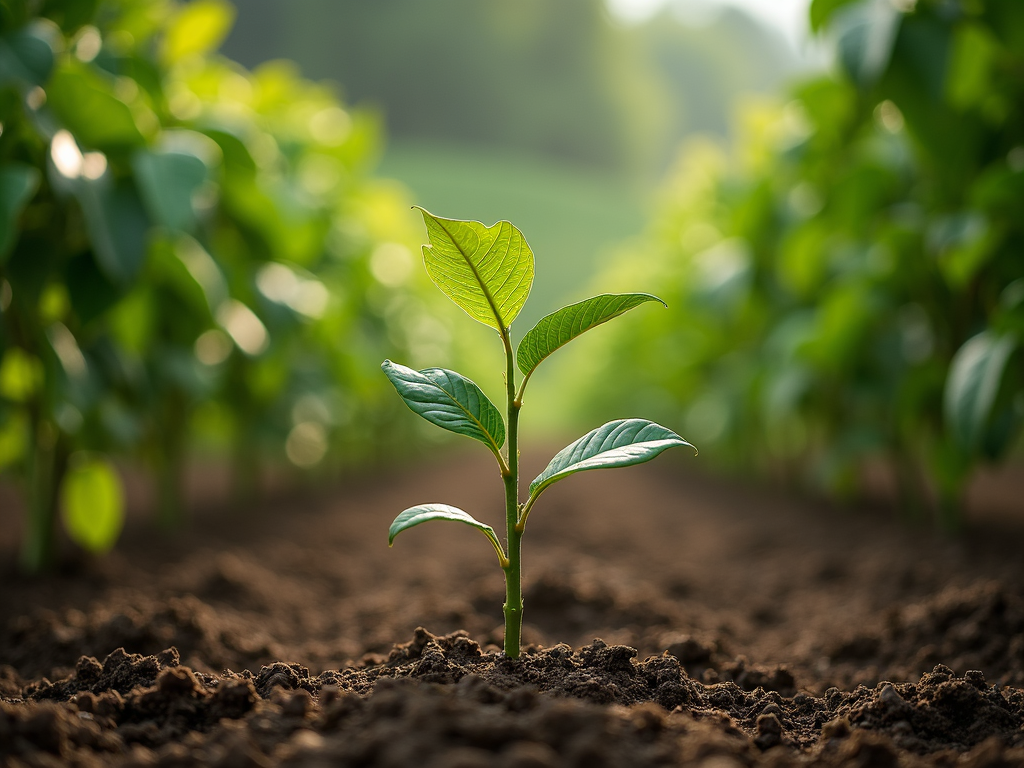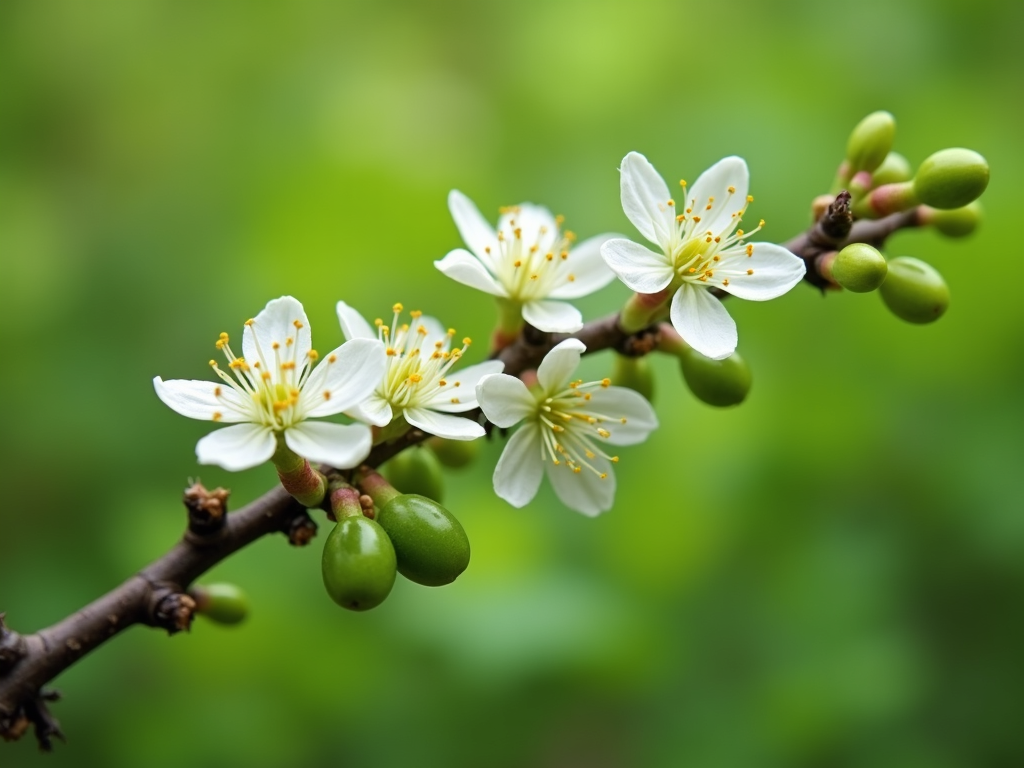Growing Gold: The Life Story of a Coffee Plant in India
Introduction: Coffee in India
You might think of India mostly for tea, but it also grows amazing coffee! Indian coffee is special because it's usually grown in the shade, which gives it a unique taste. This article will tell you the exciting story of how a tiny coffee seed grows into a plant that gives us delicious coffee beans. Learning about this journey helps us understand why every cup of Indian coffee is so special.
From Seed to Young Plant: Starting in the Nursery
Every coffee plant starts as a seed, like any other plant.
- Picking Good Seeds: Farmers pick the best coffee seeds from strong, healthy plants.
- Planting the Seeds: These seeds are planted in special beds in a nursery. Nurseries are like plant kindergartens, where small plants are safe from bad weather and bugs.
- Sprouting: After a few weeks, the seeds sprout! First, they look like tiny sticks, then they grow their first little leaves.
- Moving to Bags: When the young plants are about 6 to 9 months old and have a few sets of leaves, they are moved into individual plastic bags. These bags are filled with good soil, helping the roots grow strong before they go into the big fields.

Growing Up: Life on the Plantation
After about a year to a year and a half in the nursery, the young coffee plants are big enough to move to their permanent home on the coffee farm.
- Finding the Right Spot: Coffee plants like certain places: soil that drains well, is rich and a bit sour, and gets enough rain. High altitude places are best for some types of coffee (like Arabica). Farmers prepare the land carefully, sometimes planting on hillsides to stop soil from washing away.
- Shade is Key: A big secret to Indian coffee is that it grows under other trees. These "shade trees" (like silver oak) protect the coffee plants from too much sun, keep the soil cool and moist, and even make the soil richer.
- Planting: Workers carefully take the young plants out of their bags and plant them in holes dug in the ground. They must be gentle with the roots!
- Early Care: Young plants need lots of water, weeding, and protection from bugs and sickness. They also get special plant food to help them grow big and strong.

Flowers and Cherries: The Harvest Promise
After 3 to 4 years, a coffee plant is old enough to start growing fruit. This is a beautiful time on the farm!
- White Flowers: When the first rain comes before the monsoon season, the coffee plants burst with beautiful white flowers that smell sweet. This "blossom shower" is very exciting for farmers because it means a good harvest might be coming.
- Tiny Berries Grow: After the flowers bloom, tiny green berries start to form where the flowers were.
- Red Cherries: Over the next 6 to 9 months, these green berries get bigger and change color. They turn yellow, then a deep red when they are perfectly ripe. These are called coffee cherries, and inside each one are usually two coffee beans.

Picking Time: Getting the Coffee Cherries
Harvesting is hard work and usually happens in India between November and March.
- Hand Picking (for good Arabica): For the best Indian Arabica coffee, skilled workers pick each ripe red cherry by hand. This means they often go through the same plants many times because not all cherries ripen at the same time.
- Strip Picking (for Robusta): Another type of coffee, Robusta, usually ripens at the same time. So, workers might "strip pick" them, meaning they pull all the cherries off the branch at once. Some big farms even use machines.
- Collecting: All the picked cherries are put into baskets and taken to be processed.

Making the Beans Ready: From Cherry to Green Bean
Once the coffee cherries are picked, they need to be processed to get the actual coffee bean out. In India, they mainly use two ways:
-
Wet Processing (Washed Coffee): This method is used for Arabica coffees and makes them taste cleaner and brighter.
- Pulping: Machines remove the outer skin and most of the fruit flesh from the ripe cherries.
- Fermenting: The beans, still a bit sticky, are put in water tanks for 12 to 48 hours. This helps break down the sticky layer.
- Washing: After fermenting, the beans are washed very well to remove any stickiness.
- Drying: The clean, wet beans are then spread out on raised beds or patios in the sun, or put in special dryers, until they are dry enough.
-
Dry Processing (Natural/Unwashed Coffee): This method is common for Robusta coffee and gives it a stronger taste, sometimes a bit fruity.
- Drying: Whole coffee cherries are spread out on big patios or beds and left to dry in the sun for several weeks. Workers regularly turn them over so they dry evenly and don't get moldy.
- Removing Shells: Once completely dry, machines remove the outer skin, fruit flesh, and inner shell, revealing the green coffee bean.
Know more about the coffee processing here
Keeping Coffee Healthy: Challenges and Future
Growing coffee in India has its challenges, like changing weather, bugs that can harm plants, and prices that go up and down. But farmers are working hard to grow coffee in ways that are good for the environment:
- Shade Growing: The old way of growing coffee under trees helps nature. It keeps the soil healthy, saves water, and means fewer chemicals are needed.
- Smart Bug Control: Farmers are using friendly ways to stop bugs and plant diseases.
- Saving Water: They use clever ways to water plants, especially where water is scarce.
- Fair Deal: Many Indian coffee farms work by "fair trade" rules, which means they are kind to the environment and pay their workers fairly.

Conclusion: Enjoying Indian Coffee
The life story of a coffee plant in India shows us how amazing nature is and how much hard work goes into every bean. From a tiny seed to a plant full of red cherries, every step is carefully managed to give us unique flavors like "Monsoon Malabar." Knowing this journey makes us appreciate our coffee even more and reminds us to support farms that grow coffee in a good way. Next time you sip Indian coffee, remember the incredible jourolney it made to reach your cup!

Leave a comment
Please note, comments must be approved before they are published